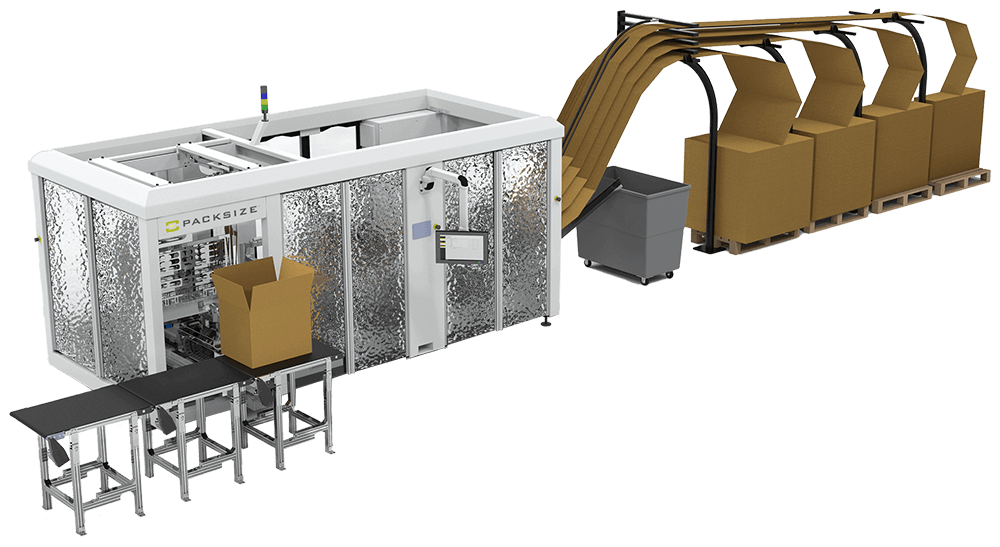5 things to consider when Reshoring – Market Access
Are you able to quickly recognize then capitalize on new market trends in different locations with a customized and localized product?
Manufacturing locations such as China are rapidly emerging as major markets for US goods. Gathering large amounts of market data and, through analytics, seeing key trends is critical to manufacturing location and localization decisions. In an earlier Blog, “5 things to consider when Reshoring”, we identified market access as a critical element in your manufacturing location decisions. In today’s blog we will explore balancing your manufacturing locations and Big Data with analytics to provide better market access.
Balancing Manufacturing Location
Your reshoring decision should not be considered a binary one. It is not a matter of manufacturing here vs. there, but rather a more strategic look at balancing your global manufacturing locations. Manufacturing close to the demand allows companies to reduce lead times, decrease inventory and keep up with the market’s constantly changing demands through localization and customization.
China is a rapidly emerging major market for US-branded goods. The middle class alone is 350 million people and growing rapidly in China. Other Asian nations are also developing rapidly, resulting in Asia as the largest growth market by far, of any region in the world. These Asian current and future customers will be important to your company’s global sales. Your manufacturing strategy should take this market and others into consideration before making location decisions. A multi-region manufacturing strategy is the most popular approach.
Access to Chinese customers may require that you locate manufacturing inside of China. The US “Buy American Act of 1933” drives purchases of goods and services by the US government to American manufacturers and providers. Similarly, China has “Buy Chinese” laws as do many other nations of the world. If you are manufacturing inside of China and selling to the government or State Owned Enterprises (SOEs), you should consider keeping a portion of your manufacturing there to service this market. This will assure your future opportunities to sell your products there.
Big Data and Analytics
The availability of data today from almost every device from the shop floor to your customers’ mobile devices to social media provides the potential to drive efficiency, quality and increasingly personalized products and services. Integrating data capture, storage, and analytics to see key trends is critical to manufacturing location and product localization decisions, particularly for consumer products.
For example, you may be manufacturing and selling mint-flavored toothpaste in the US but for the Asia market need a tea-flavored toothpaste. Localization decisions related to culture and taste may be obvious, while other localization decisions are not. You may want to produce a low-end product for the developing Chinese market, and a more sophisticated, precision product for the American market. With big data and the right analytics, you can take into account your entire product line and make better decisions on manufacturing in various locations to meet market needs.
Summary:
These are just a couple of factors when considering market access and no one factor should be considered in isolation. Improving your market access and having the right products for the right markets should be carefully considered as part of your reshoring strategy.
Originally published on Blue Silk Consulting website on May 13, 2013
Mr. Page is a Vice President at Blue Silk Consulting. He is well versed in the Asia Pacific region and OEM, Alliances and Partnership business development. His uncommonly broad and deep knowledge in business and technology plus wide experience enables him to see and communicate joint value, craft exclusive market opportunities, execute intricate projects and deliver tangible results. His consulting style provides the basis for negotiating profitable contracts, executing marketing-making initiatives, delivering high value projects and nurturing enduring relationships. His skills were gained and honed while traveling the world to work in and with organizations ranging from start-ups to the largest international corporations. Prior to BSC, he was the WW Software OEM Manager for the Asia Pacific region at HP, Director of Application and Integration Services at Answerthink, Director of America’s Consulting Services at Viasoft and Director of Redevelopment Services at James Martin & Co.
Mr. Page earned a BS in Business Data Processing at Weber State University, and completed 1 year of MBA studies at Utah State University. He resides in Scottsdale, AZ.





